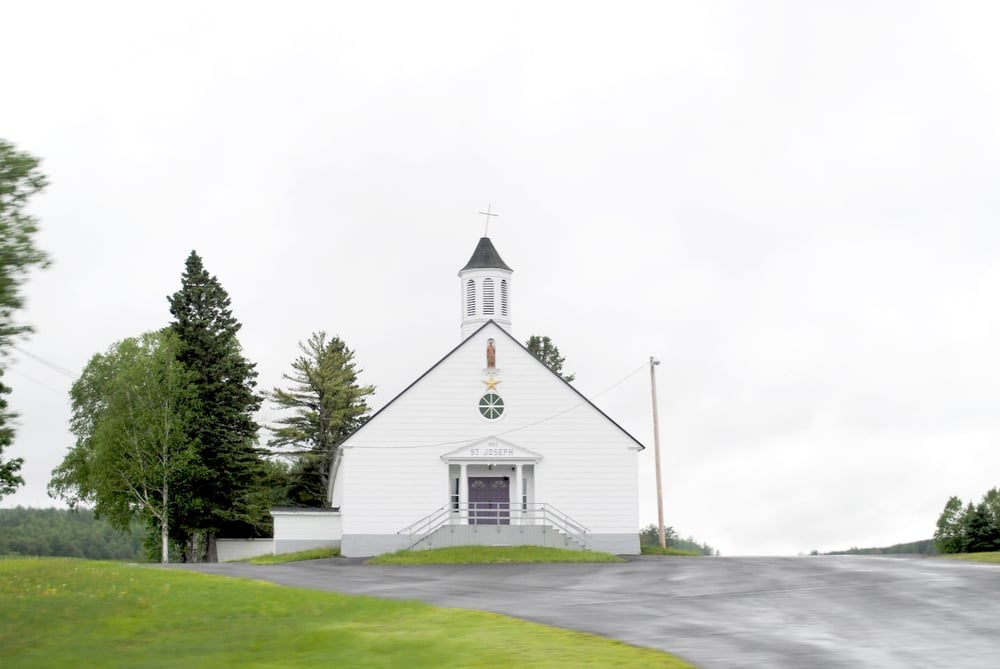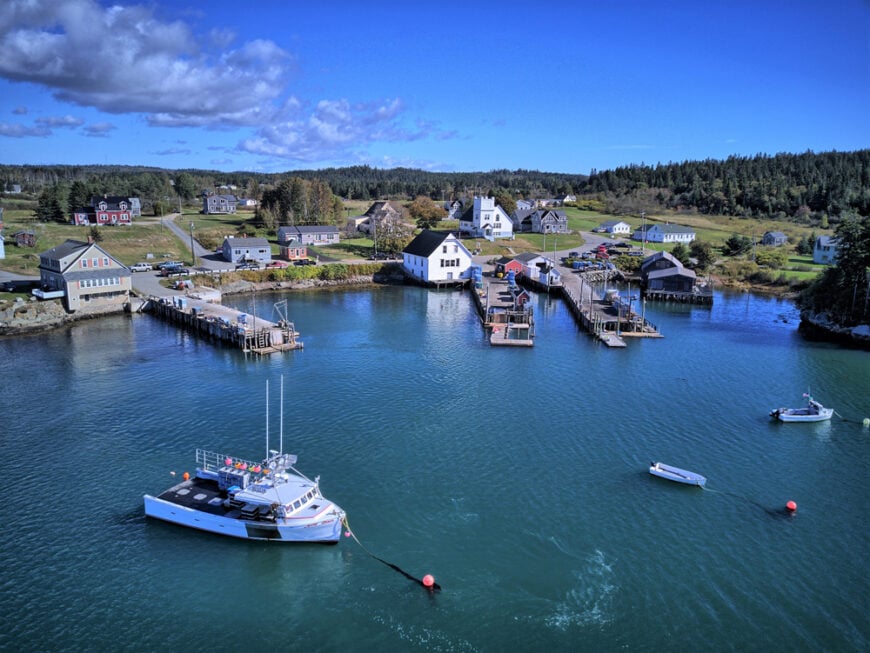
Maine’s jagged coastline is home to villages where lobster traps are neatly stacked, salt air mixes with the smell of bait, and life still follows the tides. I’ve spent years wandering these harbors, chatting with sternmen over coffee, and watching the sunrise turn wooden traps golden.
Each town on this list offers a unique piece of that experience—some tucked away on remote islands, others on scenic peninsulas—yet they all share a deep respect for traditional lobster fishing.
Each community pairs hard work on the water with simple pleasures on shore, from local art galleries to century-old lighthouses. Grab a roll of quarters for the shore-side parking meters, a healthy appetite for crustaceans, and count down my 17 favorite Maine towns where lobstering remains a way of life.
17. Brooklin: Boat-Building Tradition Meets Lobster Culture

Brooklin calls itself the “Boatbuilding Capital of the World.” I think the title fits the laid-back place perfectly. WoodenBoat School sits right on Eggemoggin Reach, where I’ve watched students plane cedar planks while lobster boats motor past.
After touring the school, I like to stop at the Friend Memorial Library’s tiny yet surprisingly rich maritime collection. For fresh catches, the Brooklin General Store keeps a chalkboard out front announcing which lobsterman just hauled in.
If you’re up for a short paddle, Babson Island Preserve hides a pocket beach that’s almost always empty—sunsets from Naskeag Point round out the day with a pastel glow over stacked traps and bobbing buoys. Brooklin offers 3-4 bedroom homes priced between $200,000 and $270,000.
Where is Brooklin?

Brooklin sits on the eastern shore of the Blue Hill Peninsula, looking across Eggemoggin Reach toward Little Deer Isle. Its network of quiet back roads makes the town feel farther away than the fifteen-minute drive from Route 172 suggests.
The closest commercial airport is in Bangor, about 70 miles northwest, but most visitors wind down scenic U.S. 1 before turning onto coastal byways. That slow approach gives you time to spot osprey nests and tidal inlets that frame Brooklin’s idyllic setting.
16. Harpswell: Peninsulas of Lobster Fishermen

I adore wandering the Giant’s Stairs Trail on Bailey Island, where dramatic basalt ledges drop straight into crashing surf. Between hikes, I swing by Morse’s Cribstone Grill for a lobster roll served beside the tide-washed cribstone bridge—one of only two in the world.
Locals still haul traps from snug coves like Mackerel and Potts, and many sell direct from their pickup trucks at day’s end. For an offbeat treat, the Salt Cod Café inside an old schoolhouse serves whoopie pies alongside charts showing yesterday’s lobster landings.
Kayaking the mirror-calm waters of Harpswell Sound at dawn lets me watch fishermen set their first strings against a rising sun. Harpswell provides 3-4 bedroom homes in the range of $230,000 to $290,000, offering a peaceful retreat with scenic views of the surrounding waters.
Where is Harpswell?
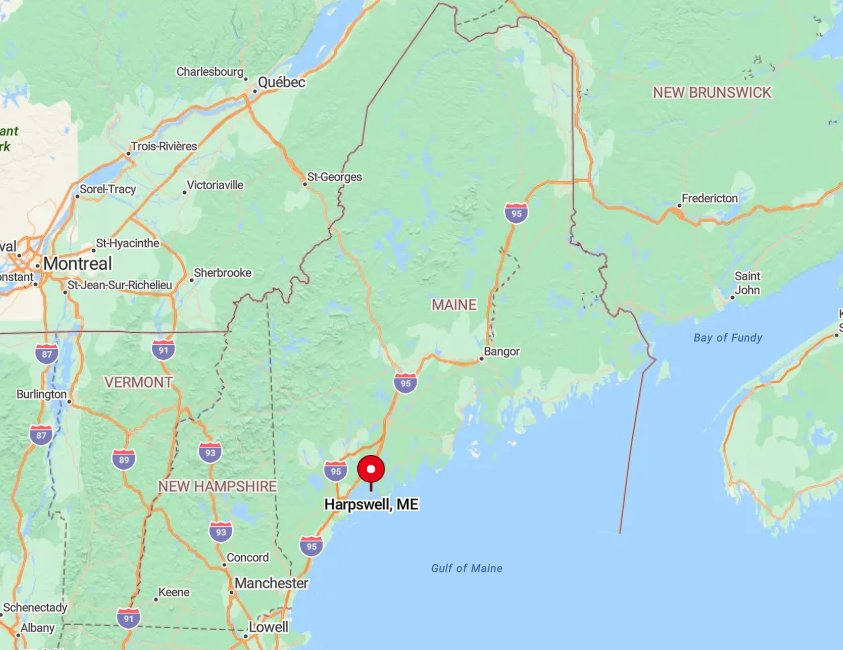
Harpswell lies just south of Brunswick on Maine’s mid-coast, jutting into Casco Bay with 216 miles of shoreline—more than any other town in the state. Its peninsulas are linked by Route 24, which feels like a scenic roller coaster between spruce-covered islands.
Portland International Jetport is only 40 minutes away, yet the final stretch along pastoral Orr’s Island Road drops modern bustle quickly. Ferries from nearby Bailey Island even connect to Portland’s waterfront, adding a breezy alternative to driving.
15. Bristol Mills: Tradition Amidst Nature’s Beauty
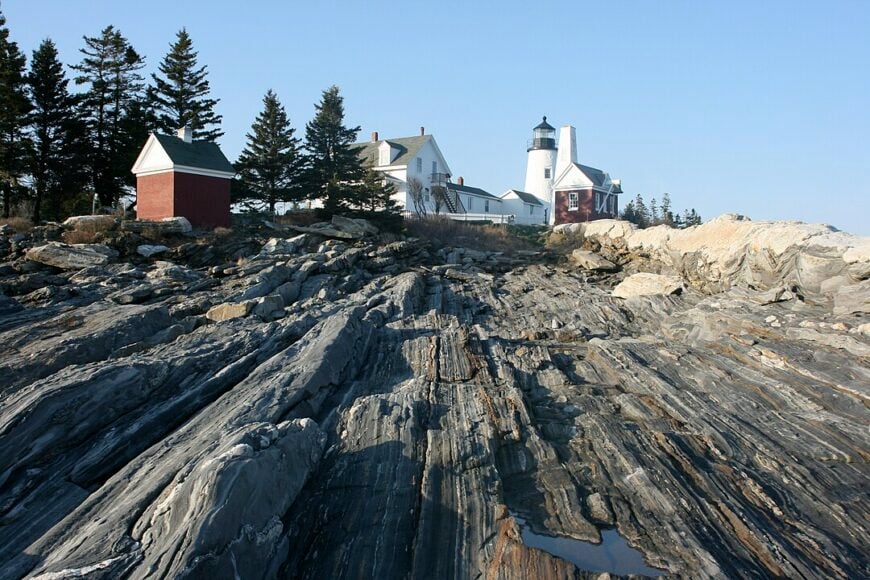
Most travelers zip past Bristol Mills on their way to Pemaquid Point Lighthouse, but I always stop in this quiet hamlet first. The local swimmers’ hole below the historic stone dam doubles as a summertime meeting place for lobstermen cooling off between tides.
Small wholesalers pack freshly landed lobster behind an unmarked gray door near the old grange hall—a secret I learned from a chatty gas-station clerk. Birders flock to the Pemaquid River salt marshes, while I head to the Little Brown Church’s monthly bean supper, where you’ll hear real talk about bait prices.
A hike on the La Verna Preserve offers sweeping ocean views with hardly another hiker in sight. Ending the day, I grab a pint at Shaner’s Farm Brewery, a former cow barn now pouring ales infused with local spruce tips.
For those seeking a quaint seaside town, Bristol Mills offers 3-4 bedroom homes priced between $230,000 and $280,000, blending affordability with traditional New England beauty.
Where is Bristol Mills?
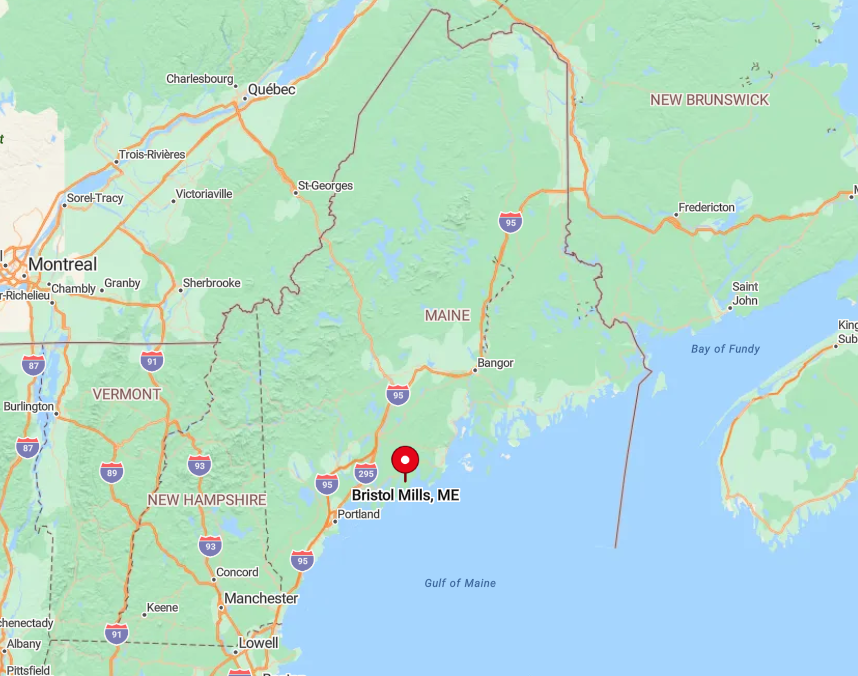
The village sits inland along the Pemaquid River in Bristol, about five miles north of Pemaquid Point on the Mid-Coast. U.S. Route 1 brings you to Damariscotta, and from there, Route 130 threads south through rolling farmland to the Mills.
Once vital for shipping granite, the river’s narrow passage now provides a sheltered route for lobster boats heading to deeper water. Parking is easy around the small green, making Bristol Mills a stress-free base for lighthouse excursions.
14. Rockport: Scenic Harbor Rich in Maritime History
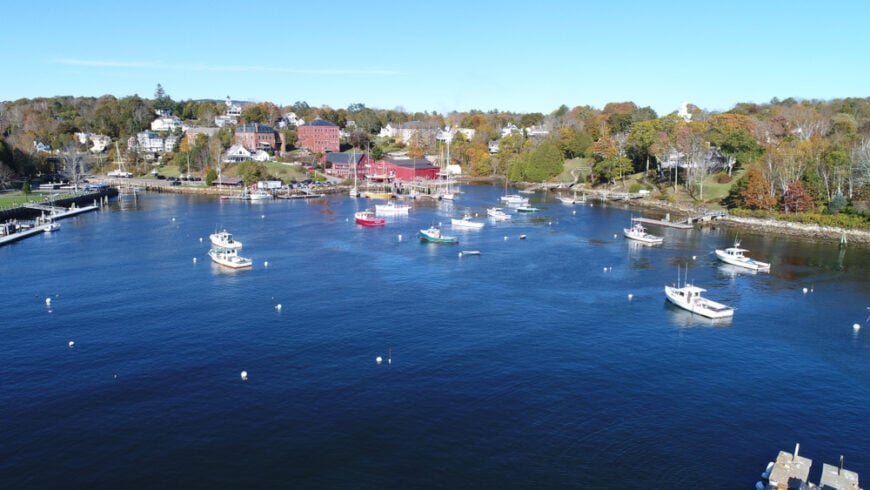
Rockport’s postcard-perfect harbor cradles graceful schooners, but right alongside, you’ll find rigid working lobster boats unloading crates at dawn. I usually start with a coffee from Seafolk to watch the statue of Andre the Seal gazing out toward Penobscot Bay.
Just up the hill, Aldermere Farm’s famous Belted Galloway cows graze in fields that once supplied hay to trap baiters. The Center for Maine Contemporary Art in nearby Rockland complements the town’s seafaring past with modern creativity.
Every August, the Rockport Marine Park hosts the Maine Boats & Harbors Show, where you can inspect handcrafted lobster skiffs up close. A deck table at Nina June lets me pair house-made pasta with lobster pulled from the same harbor that morning for dinner.
Rockport’s 3-4 bedroom homes typically range from $250,000 to $290,000, offering a blend of coastal allure and small-town tranquility.
Where is Rockport?
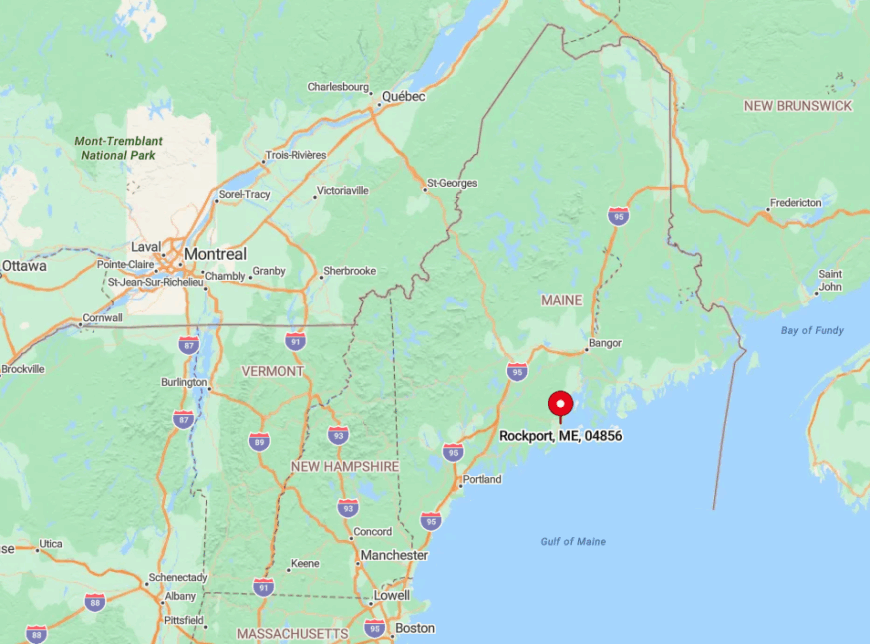
Rockport anchors the western shore of Penobscot Bay between Camden and Rockland on U.S. Route 1. The harbor sits in a snug cleft beneath Mount Battie, creating a calm berth prized by fishermen for centuries.
Knox County Regional Airport lies 10 miles south, and seasonal ferries from Rockland connect to Vinalhaven and North Haven islands. Those ferries pass right outside the harbor mouth, hinting at Rockport’s strategic spot in mid-coast lobster country.
13. South Bristol: Lobster Coves and Coastal Living
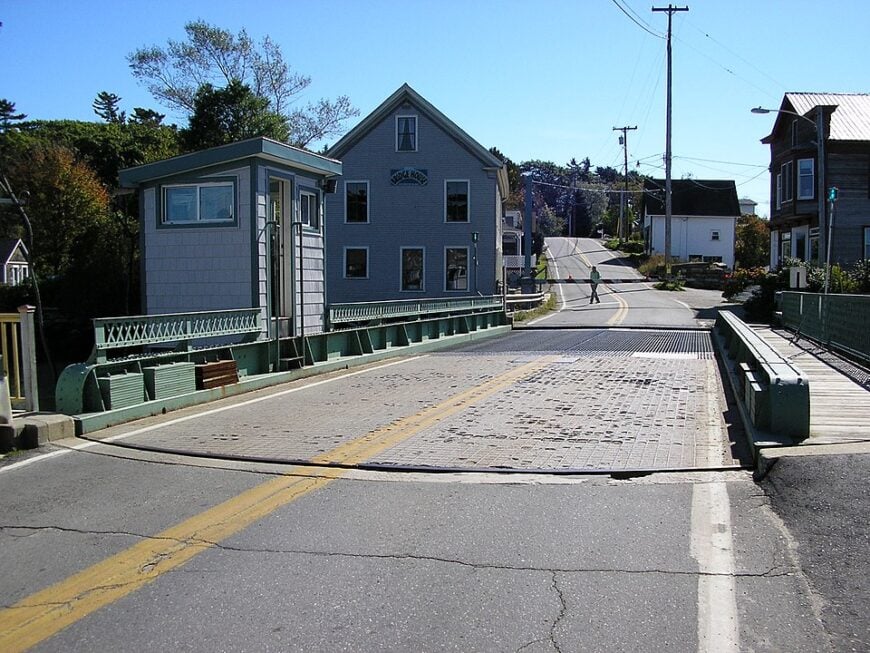
When the Gut swing bridge clangs open to let a lobster boat through, I feel time shift in South Bristol. The narrow waterway is lined with shingled sheds, each bearing family names that go back generations. Walking Shore Road, I smell bait barrels, fresh paint on traps, and sweet rosa rugosa all at once.
Kayakers love circumnavigating Christmas Cove, while I prefer dropping a line off the town float to catch mackerel for friends’ bait pockets. Don’t miss the Thursday lobster stew at Coveside, where locals debate whether herring or pogies make better bait.
A quick ferry hop to Rutherford Island rewards me with quiet beaches and driftwood perfect for campfire seating. South Bristol has 3-4 bedroom homes priced between $230,000 and $290,000, providing a picturesque setting for those who appreciate Maine’s natural beauty.
Where is South Bristol?
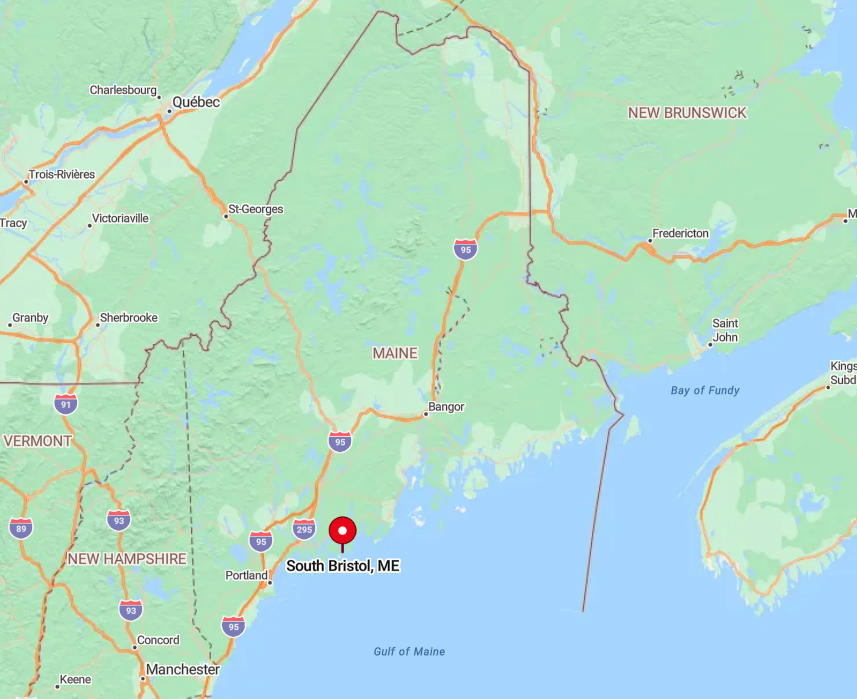
South Bristol occupies a slender peninsula southeast of Damariscotta, separated from Rutherford Island by the narrow Gut channel. Route 129 winds down the peninsula, ending at the working waterfront in about 25 minutes from U.S. 1.
The protected Damariscotta River estuary means calm passages for lobster boats no matter the ocean swell outside. Portland is an hour and a half away, but that last bendy stretch all but guarantees tourist crowds thin to a trickle.
12. Blue Hill: An Artistic Haven with Lobster Heritage
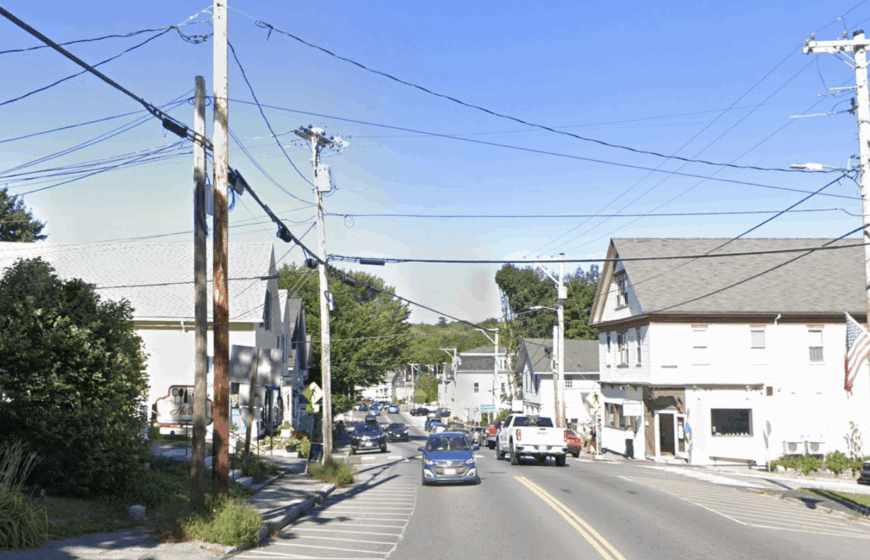
Blue Hill blends a thriving arts scene with authentic lobster culture in a way I haven’t found elsewhere. Morning brings me to the town landing where fishermen unload before heading to Barncastle for breakfast pizza topped with—yes—lobster.
By noon, I’m browsing at the Blue Hill Co-op and the Cynthia Winings Gallery, housed in classic clapboard buildings. The Heritage Trust maintains miles of trails up Blue Hill Mountain, granting a panorama of Penobscot Bay speckled with trap buoys.
In July, the Bagaduce Music Lending Library hosts a lobster bake fundraiser with string quartet accompaniment. I finish the day at Kollegewidgwok Yacht Club’s public float, sipping chowder while schooners ghost across the evening light.
Blue Hill offers 3-4 bedroom homes in the $240,000 to $290,000 range, an ideal place for those who enjoy exploring this charming coastal community.
Where is Blue Hill?
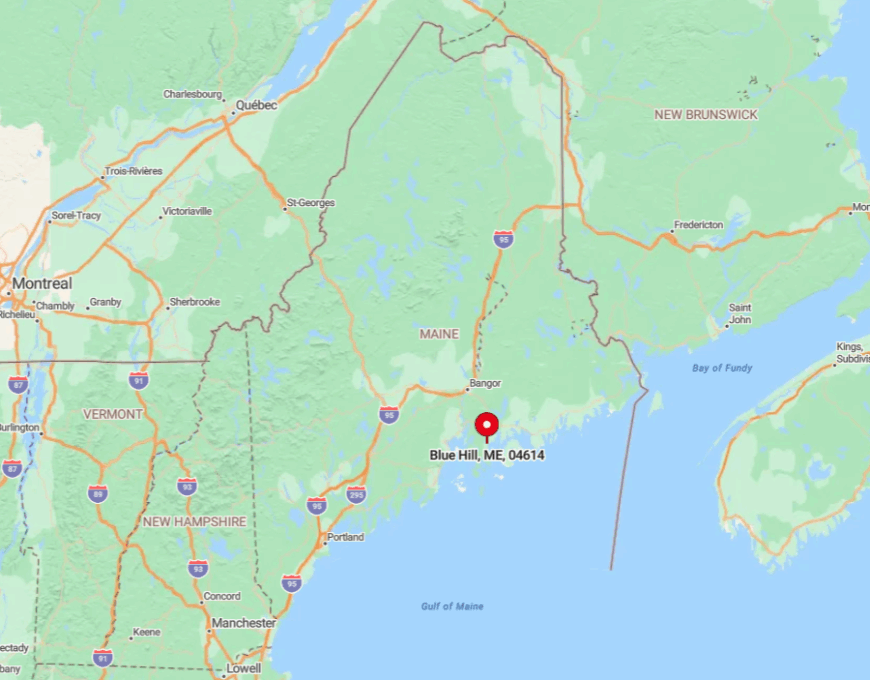
The village rests at the head of Blue Hill Bay, about 15 miles south of Ellsworth on Route 172. Its protected inner harbor makes an ideal staging point for lobster boats working the outer bay’s rock ledges.
Bangor International Airport sits roughly an hour northwest, but many visitors detour from Bar Harbor to experience Blue Hill’s calmer pace. The drive skirts tidal flats and spruce forests, setting the stage for the town’s art-meets-maritime vibe.
11. Bernard: The Quiet Side of Mount Desert Island
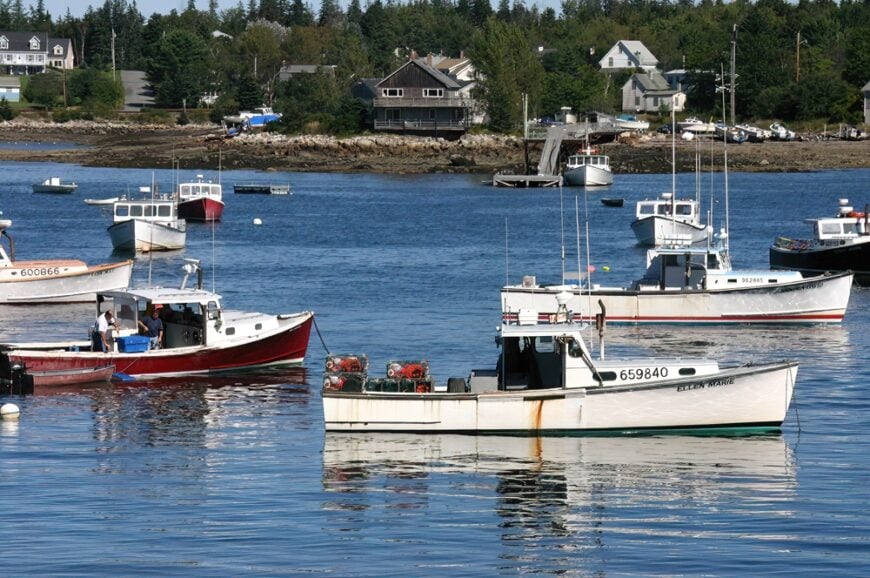
Despite sharing the same island, Bernard feels worlds away from Bar Harbor’s bustle. I head straight for Thurston’s Lobster Pound, perched on a pier where you can watch your dinner hoisted from a dock crate. Nearby, the Tremont Historical Society displays antique wooden lobster gauges and stories of legendary hauls.
A short walk brings you to the Bass Harbor Head Light path without the usual crowds on the island’s better-known side. I often rent a dinghy from Manset to explore Bass Harbor’s inner coves, spying eagles above and starfish below.
Come sunset, the water turns molten gold, and the only sounds are gulls and the low thrum of a returning diesel engine. Bernard provides a variety of 3-4 bedroom homes priced between $240,000 and $290,000, offering peaceful living with a stunning waterfront backdrop.
Where is Bernard?
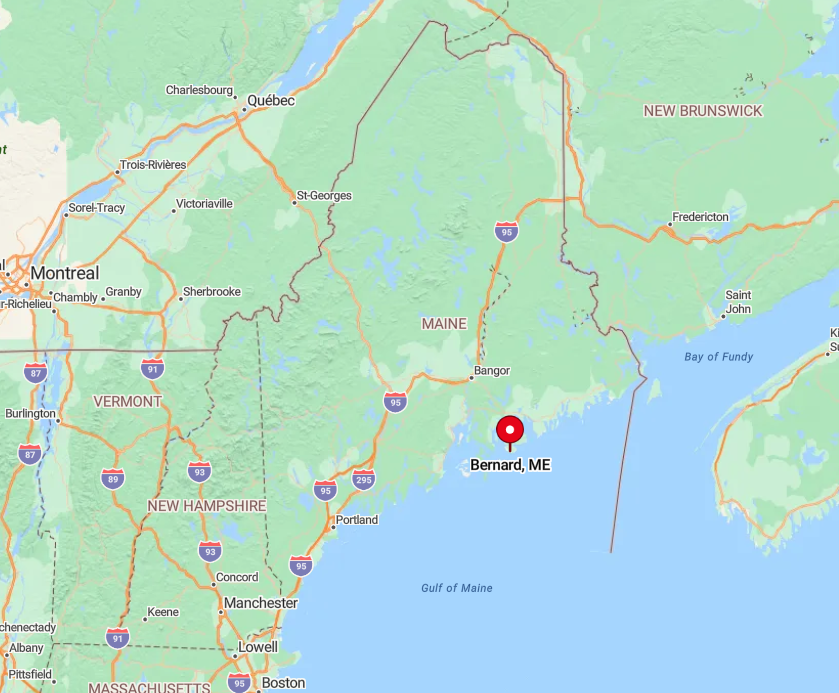
Bernard hugs the western shore of Mount Desert Island, across Bass Harbor from the town of Tremont. Route 102A loops around the Quiet Side, reaching Bernard in about 25 minutes from the Acadia National Park visitor center.
Island Explorer buses run in season, but I prefer driving so I can stop at roadside honor-system lobster stands. Surrounded by Acadia’s granite ridges and cold, nutrient-rich waters, Bernard’s geography practically guarantees prime lobster habitat.
10. Jonesport: Unspoiled Coastal Beauty and Lobster Fishing

Jonesport greets visitors with the rhythmic clatter of traps and zero hint of commercialization, so I keep returning. The town hosts one of Maine’s largest lobster fleets, and at dawn, Carver Industries’ red crates stack sky-high along the wharf.
I walk Sandy River Beach at low tide to find sea glass before hiking Great Wass Island Preserve’s spruce-rooted trails. Each August, the “Blessing of the Fleet” sends decorated boats around Moosabec Reach, horns blaring. Locals swear by the crab rolls at Tall Barney’s rather than lobster, but I usually order both.
Evening light over the Beals Island bridge turns the working harbor into a pastel postcard no brochure could capture. Jonesport features 3-4 bedroom homes priced from $230,000 to $280,000, allowing residents to experience an authentic fishing village with breathtaking views.
Where is Jonesport?
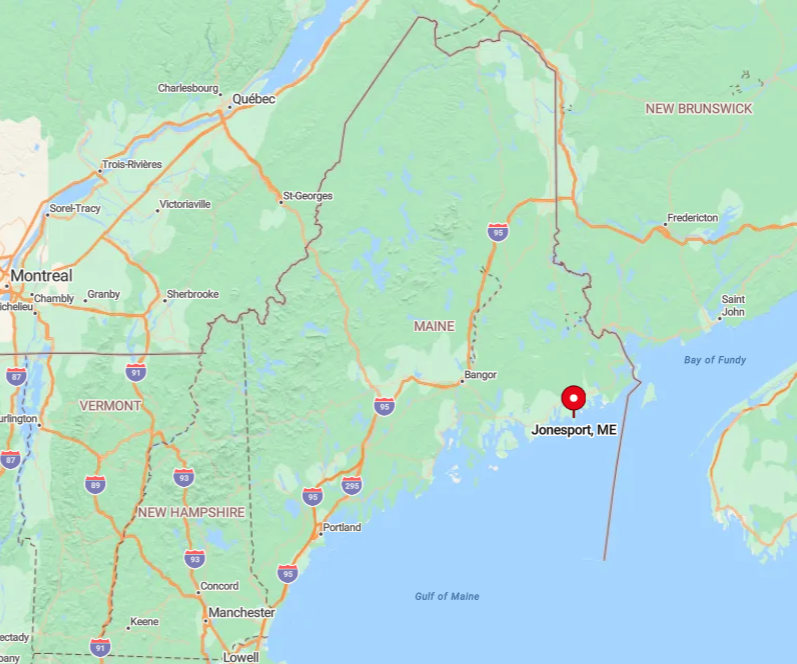
Jonesport is on Maine’s Bold Coast, about 40 miles east of Ellsworth along Route 187, with Beals Island connected by a short bridge. The coastline here remains jagged and largely undeveloped, offering endless ledges for lobsters to shelter on.
Bangor International Airport is a two-hour drive inland, so most visitors arrive by car, stopping at roadside blueberry barrens en route. That relative remoteness keeps Jonesport authentic and peacefully crowd-free.
9. Winter Harbor: Classic New England Fishing Village
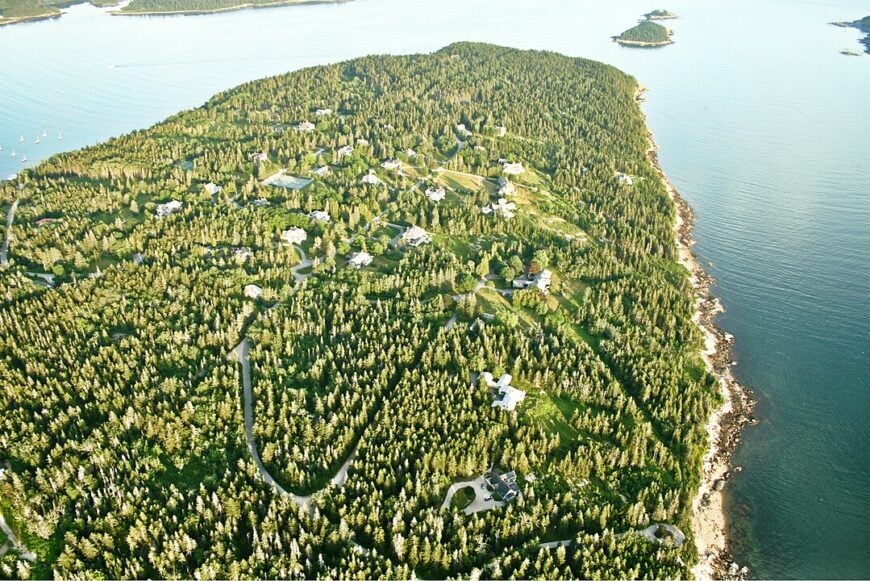
Winter Harbor combines working waterfront grit with small-town charm that makes me linger long after the ferry docks. Fishermen unload on Main Street while, a block away, artisans sell pottery glazed the same green as seaweed-covered buoys.
The annual Winter Harbor Lobster Festival features trap hauling contests and a parade by vintage trucks converted into rolling lobster pounds. A quick bike ride carries me into Acadia’s Schoodic Peninsula section, where dramatic pink granite cliffs drop into whirlpooling surf.
After hiking the Anvil Trail, I treat myself to a laughably fresh lobster taco at the Pickled Wrinkle. Sunset finds me at Grindstone Neck’s rocky tip, scanning for passing porpoises alongside local rec-boat captains.
Winter Harbor’s 3-4 bedroom homes are priced between $220,000 and $290,000, making it an excellent destination for those who love the beauty of Maine’s coastline.
Where is Winter Harbor?
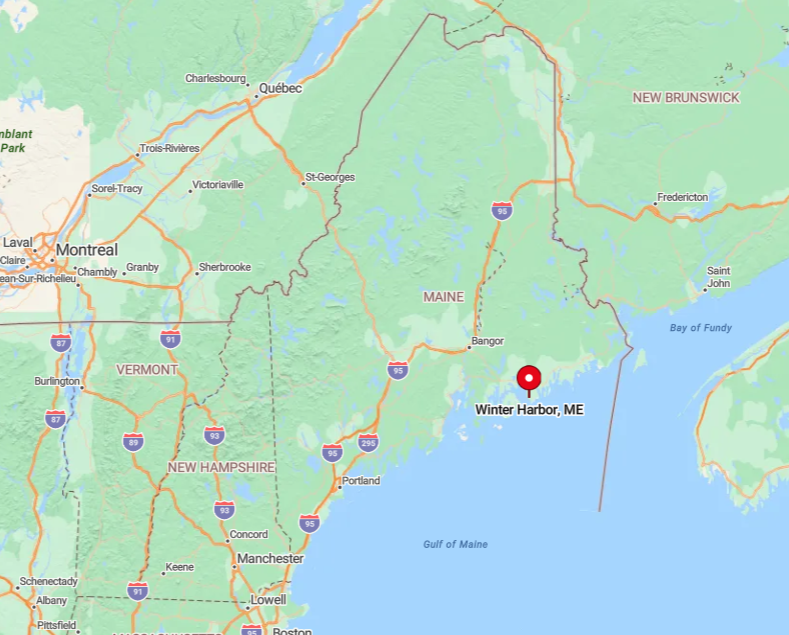
The village occupies the northern shore of Frenchman Bay, directly across from Bar Harbor and reachable by seasonal ferry or a 45-mile drive via U.S. 1 and Route 186. Its proximity to Acadia’s quieter Schoodic District means you can pair lobster culture with uncrowded national-park vistas in minutes.
Most visitors fly into Bangor, then follow the scenic Schoodic National Scenic Byway that ends right at the town pier. Deep, cold currents in the bay foster abundant lobster populations that sustain Winter Harbor’s fleet.
8. Beals Island: Authentic Lobster Fishing Experience
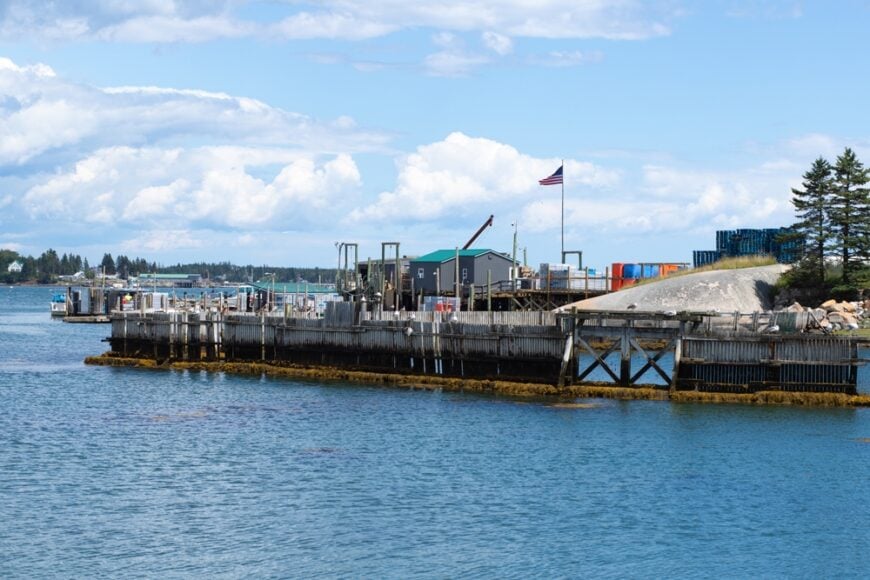
Many homes sport backyard tank systems for holding live catch, a rare sight even in Maine. I’ve joined sunrise bait-cutting sessions at a friend’s wharf, then tagged along to empty traps amid a maze of orange and teal buoys.
After work, locals converge at Wass Island Smokehouse for smoked lobster dip that rarely makes it out the door before being devoured. Visitors can hike Dock Point’s short trail for sweeping views of Steele Harbor’s working boats.
If you want a souvenir, the Beals Heritage Center sells hand-knotted lobster rope doormats that last a lifetime. Beals Island offers 3-4 bedroom homes ranging from $220,000 to $270,000, ideal for those who want to immerse themselves in the traditional lobster fishing lifestyle.
Where is Beals Island?

Beals Island lies off Jonesport, connected by the 1925-era Beals Island Bridge spanning Moosabec Reach. Route 187 serves both sides, but winding Shore Road feels blissfully removed from mainland traffic once you cross.
The nearest primary services are still in Jonesport, reinforcing the island’s self-reliant nature. Rocky ledges and swift tidal currents around the island create perfect shelter and food for lobster, explaining the dense trap lines offshore.
7. Friendship: Warm Community with Lobster Roots
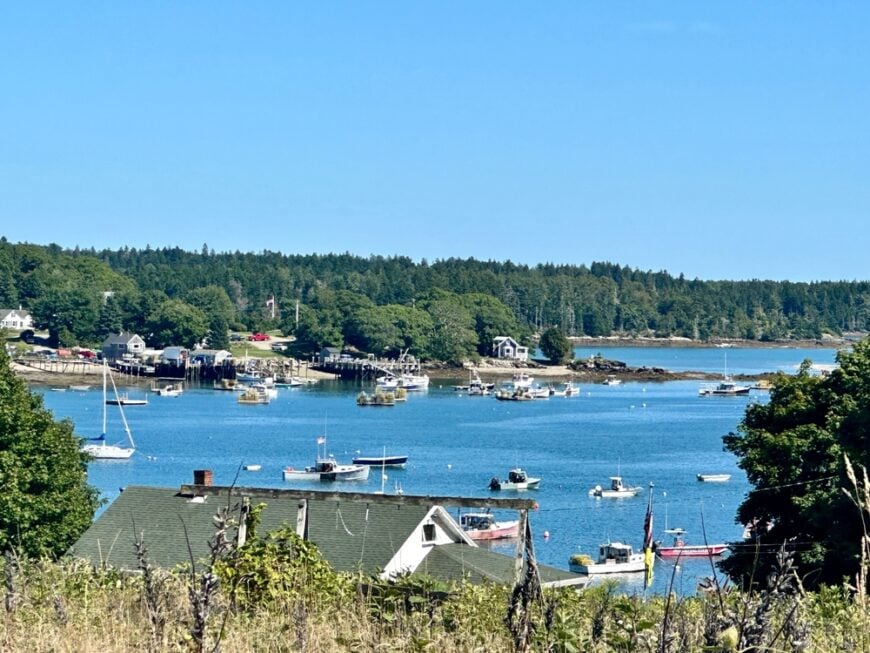
True to its name, Friendship offers a friendly harbor where everyone seems to know your boat before they know your last name. The annual Friendship Lobster Boat Races draw crowds as skippers push souped-up engines to jaw-dropping speeds.
On quieter days, I paddle to Friendship Long Island, a Nature Conservancy preserve filled with cedar groves and osprey nests. Stopping at Wallace’s Market, I can buy “culls” (one-clawed lobsters) on the honor system for a backyard boil.
Local craftsmen still build wooden Friendship sloops next to fiberglass lobster boats, a fascinating contrast. Friendship presents 3-4 bedroom homes priced between $220,000 and $270,000, providing a charming environment for those seeking a quieter life near the water.
Where is Friendship?
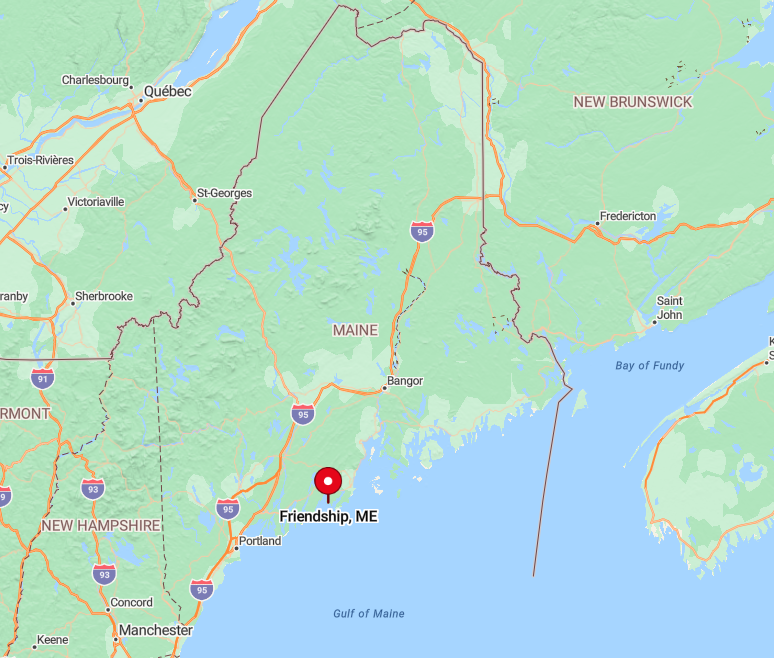
Friendship sits on Muscongus Bay, about 20 minutes south of Waldoboro via Route 220 and the delightfully curvy Route 97. The harbor’s web of islands provides calm water that lobster crews prize in rough weather.
Portland is 90 minutes southwest, but public access by water is common thanks to public floats and charter services. Pleasant Island lies just offshore, acting as a natural breakwater that shapes Friendship’s snug working waterfront.
6. Tenants Harbor: Coastal Charm and Maritime Life
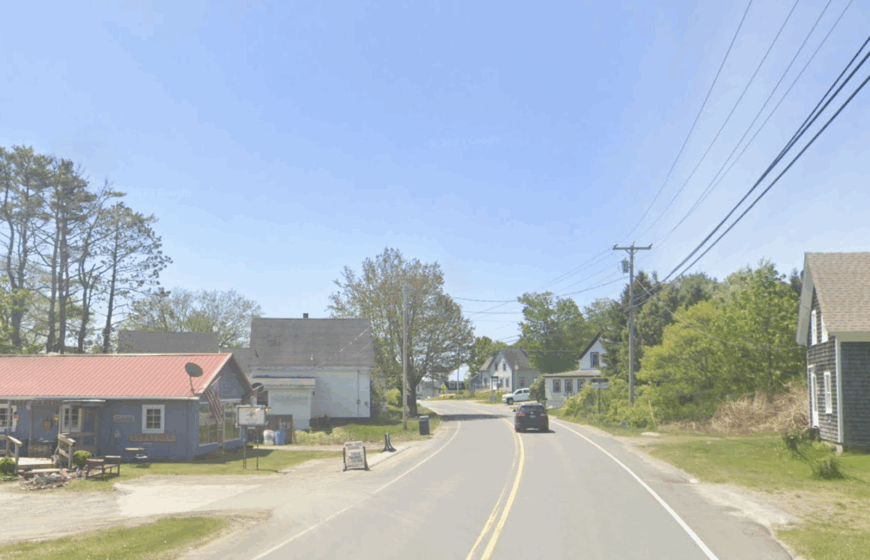
I feel a deep exhale when I roll into Tenants Harbor’s tiny village center, framed by weathered gray shacks and a lighthouse-dotted horizon. The East Wind Inn’s porch is ideal for morning coffee while lobster crews prep their gear below.
Artists flock here for the crystalline light, and many open their lofts during the summer St. George River Arts Walk. I rent a skiff to explore nearby Southern Island, privately owned by painter Jamie Wyeth, yet viewable from the water, its wharf stacked high with traps.
Down the road, the General Store’s lobster BLT is pure comfort after a day on the water. If you time it right, the St. George Days celebration includes a trap-hauling demo on the town float.
Tenants Harbor’s 3-4 bedroom homes are priced between $230,000 and $290,000, offering a perfect location for those interested in exploring the local maritime culture.
Where is Tenants Harbor?
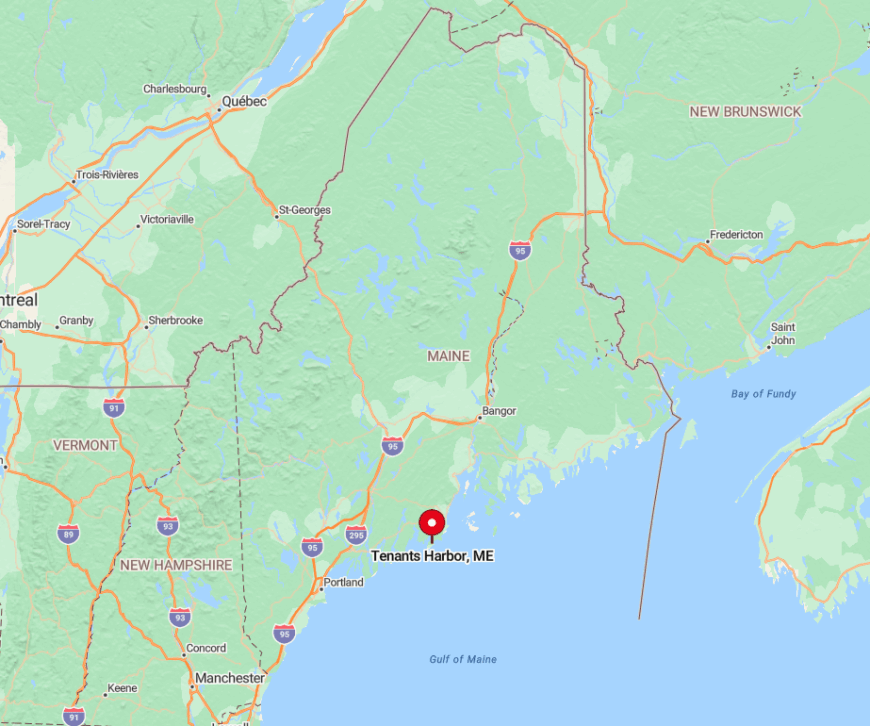
The village lies on the eastern side of the St. George Peninsula, a 15-minute drive off U.S. 1 in Thomaston via Route 131. Its deep, protected harbor opens into Muscongus Bay, providing easy runs to fertile offshore ledges.
Knox County Regional Airport is 20 miles north, but most travelers drive the scenic route past rolling blueberry fields. The small public landing makes arriving by private boat just as straightforward, and visiting yachts often stock up on lobster here.
5. Port Clyde: Gateway to Island Adventures
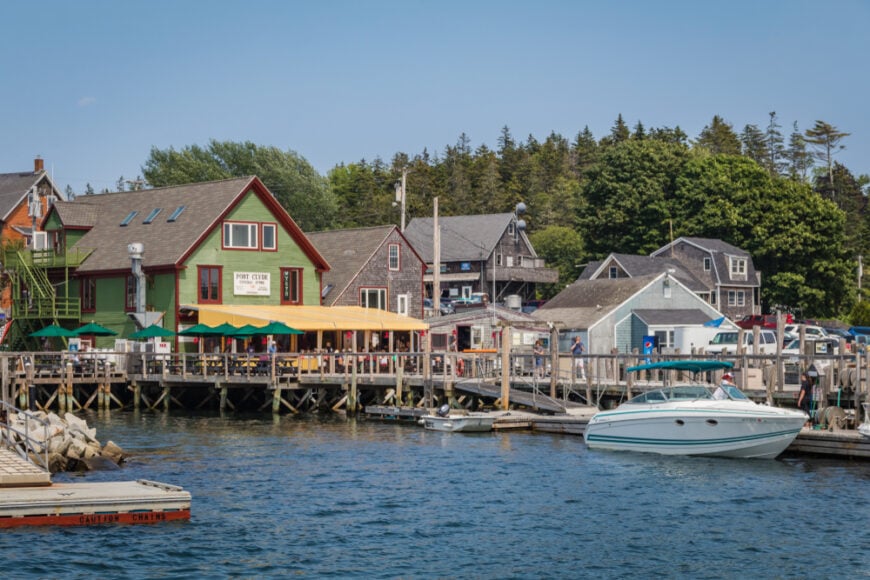
Port Clyde’s weather-beaten wharves serve double duty: loading lobster traps at dawn and ferrying day-trippers to Monhegan Island by mid-morning. I like to fuel up at the Dip Net, where picnic tables almost hang over the tide and the lobster stew is thick enough to stand a spoon upright.
The Marshall Point Lighthouse Museum—famed from “Forrest Gump”—reveals stories of keepers who once served as part-time lobster fishermen. Kayakers can trace the same shoreline to secluded coves like Raspberry Island, often spotting harbor seals lounging on ledges.
Summer art fairs fill the village green with maritime watercolors, while evenings bring live folk music to the historic Port Clyde Church. If lucky, you’ll catch a fiery sunset as lobster boats glide home under gull-filled skies.
Port Clyde features 3-4 bedroom homes in the $230,000 to $290,000 range, allowing residents to enjoy a laid-back lifestyle in one of Maine’s most picturesque villages.
Where is Port Clyde?
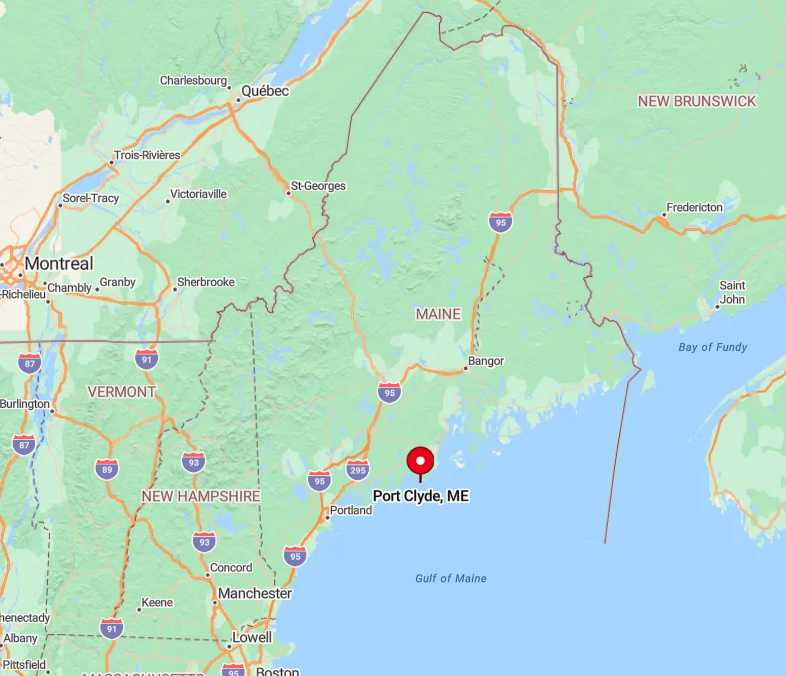
Port Clyde crowns the tip of the St. George Peninsula, about 18 miles south of Rockland via Route 131. Its end-of-the-road locale gives it a distinct edge-of-the-world feel, reinforced by expansive ocean views toward Monhegan.
The Monhegan Boat Line operates year-round, turning the harbor into a miniature transit hub. For drivers, Portland lies two hours south, but the final miles through spruce forest and tidal marsh build anticipation perfectly.
4. Corea: A Tiny Harbor with Big Lobster Heritage
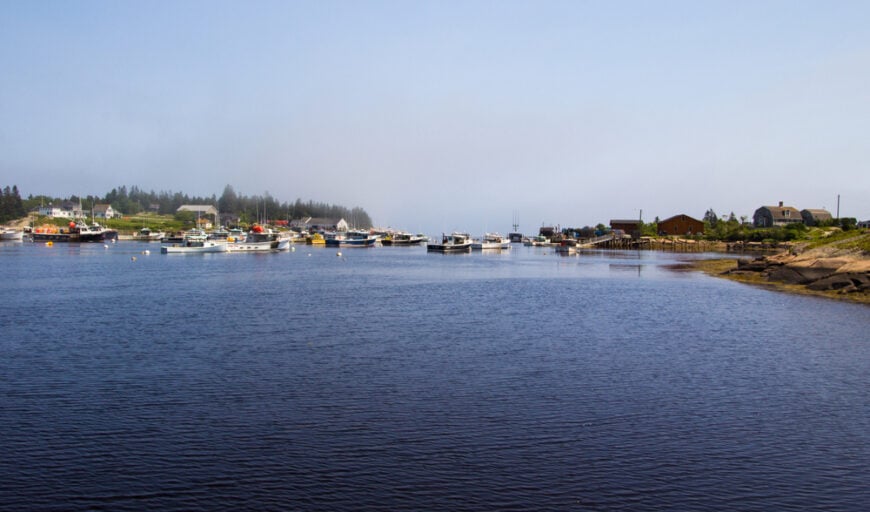
Corea might be the prettiest small harbor I’ve ever photographed, with vividly painted traps stacked beside weathered red fish houses. I stop at Corea Wharf Gallery, where local artists trade canvases for fresh lobster from neighboring boats.
The Corea Seafoods Co-Op runs a picnic area on the dock, letting visitors crack claws while watching the next load come in. Wild blueberry barrens frame the road into town, and in August the sweet scent mixes with salty air in a way that still surprises me.
For a hidden hike, the Corea Heath Preserve offers windswept bogs alive with carnivorous pitcher plants. Corea offers 3-4 bedroom homes priced from $180,000 to $230,000, providing an affordable way to enjoy life in a traditional lobster fishing village.
Where is Corea?
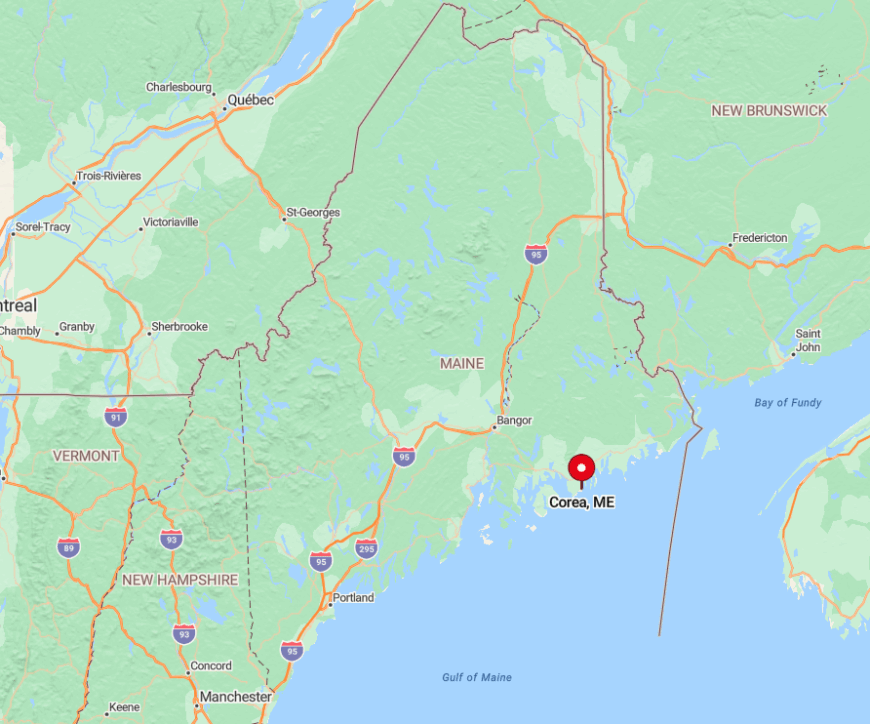
Corea sits on the Schoodic Peninsula’s eastern edge, about 10 miles from Winter Harbor via Route 195. Its pocket-size harbor opens onto Gouldsboro Bay, a nutrient-rich area that keeps traps full.
The drive from Ellsworth takes 45 minutes through dense spruce and blueberry fields, and crowds thin dramatically once you leave U.S. 1. That remoteness preserves Corea’s unhurried rhythm and postcard-worthy scenery.
3. Cutler: A Hidden Gem on Maine’s Bold Coast
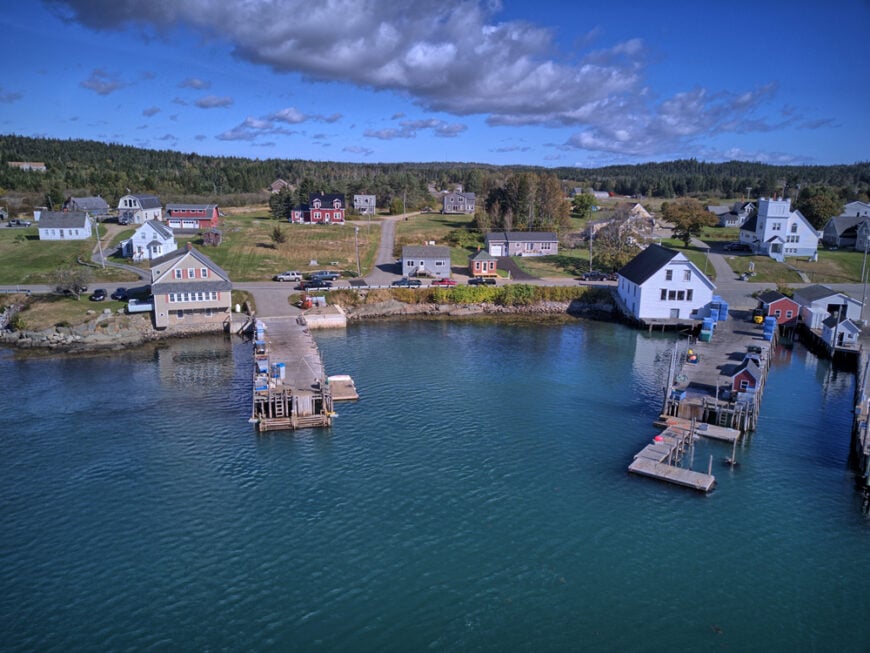
Cutler’s rugged harbor is flanked by steep, spruce-clad cliffs that make sunrise feel like a theater curtain rising on lobster-boat choreography. I set out early on the Cutler Coast Public Reserved Land trail, where dramatic sea stacks host nesting razorbills uncommon elsewhere in the U.S.
Back in town, the Wharf Store doubles as post office and lunch counter, serving lobster rolls best enjoyed on the adjacent fish pier. Locals still repair wooden plug traps here, a craft all but vanished in larger ports. Each July, the Washington County lobster boat races stop in Cutler, and engines echo off granite walls like thunder.
Evening brings the haunting moan of Little River Lighthouse’s foghorn drifting over dark water—a soundtrack unlike any other. Cutler provides 3-4 bedroom homes at a price range of $140,000 to $200,000, making it a budget-friendly option for those seeking a quaint coastal living experience.
Where is Cutler?
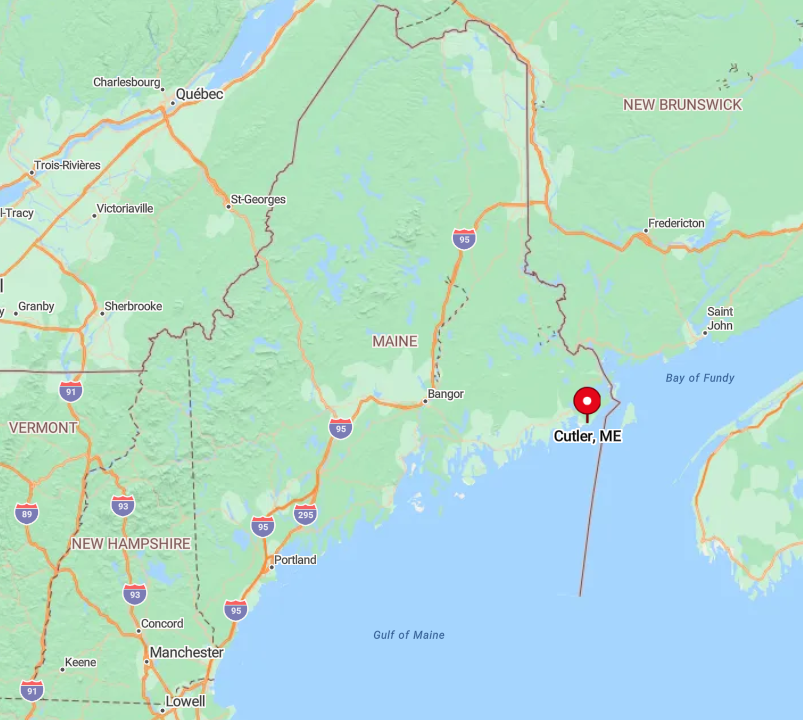
Cutler lies 20 miles east of Machias on Route 191, deep in the heart of Maine’s Bold Coast and less than 10 miles from the Canadian border. The town’s harbor is carved into high cliffs, offering natural protection yet challenging navigation that seasoned captains relish.
Bangor is a two-and-a-half-hour drive, making this one of the state’s least visited lobster villages. That distance rewards travelers with untouched coastline, bioluminescent plankton on moonless nights, and some of Maine’s richest lobster grounds.
2. Vinalhaven: Island Life and Lobster Traditions
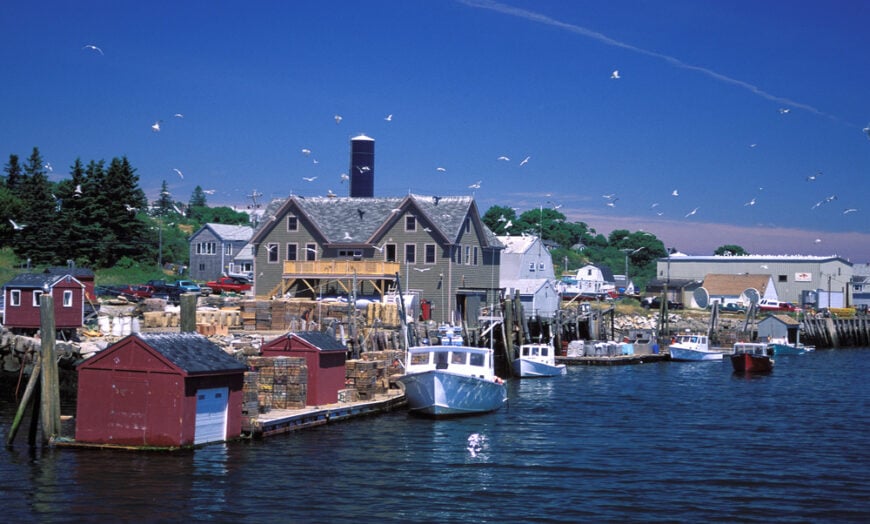
Stepping off the Rockland ferry onto Vinalhaven feels like entering a parallel world run entirely by lobster fishermen. Carver’s Harbor buzzes with more than 500 boats, making it one of the largest lobster ports in North America.
I rent a bike to explore Old Harbor Pond’s abandoned granite quarries, now turned into incredible saltwater swimming holes. Greeted by the smell of fresh-baked sticky buns, I duck into the Surfside, a diner where bait knives hang on the same rack as coffee mugs.
Down on the sandbar at low tide, kids race hermit crabs while adults discuss trap prices over boxed wine. Vinalhaven offers 3-4 bedroom homes in the $240,000 to $290,000 range, ideal for those who want to live in a remote, scenic town with a rich maritime heritage.
Where is Vinalhaven?
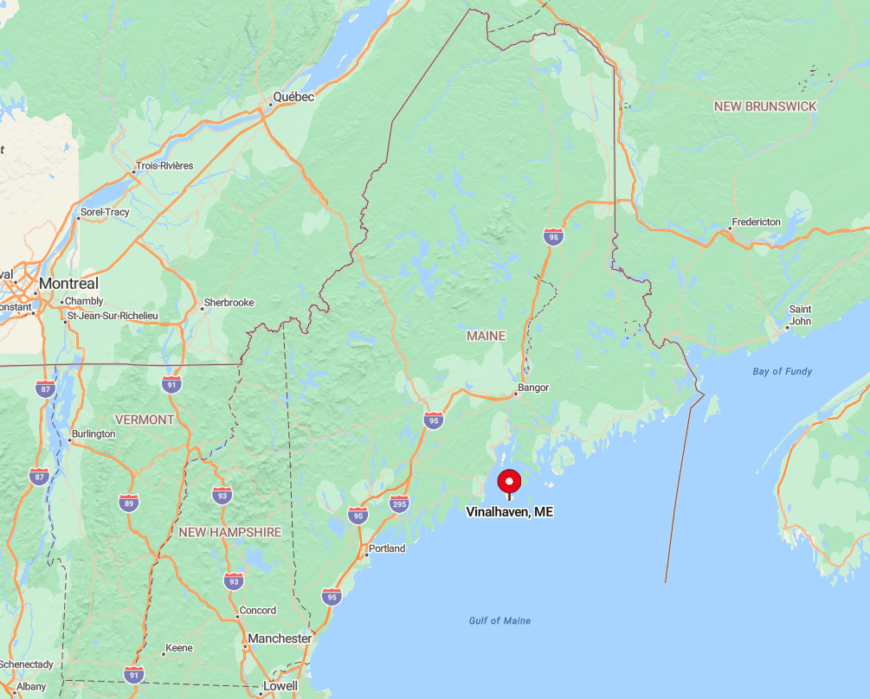
The island sits in the heart of Penobscot Bay, reachable by a 75-minute state ferry from Rockland that sails several times daily. Its granite spine and ring of snug coves give lobster boats shelter in nearly any wind.
Most visitors leave cars behind, opting to explore by bicycle or the occasional island taxi converted from an old pickup. The surrounding bay’s cold, deep waters and strong tidal exchange create prime habitat that sustains the island’s outsized fleet.
1. Stonington: The Quintessential Lobster Fishing Village

Stonington’s granite-lined harbor hosts more lobster boats than people, and every sunrise turns the working fleet into silhouettes against Isle au Haut’s distant peaks. I like to start at 44 North Coffee, where fishermen in rubber boots trade weather intel before their run offshore.
The Historic Opera House offers surprisingly top-tier performances, proving that culture and crustaceans coexist nicely. Afternoon brings a mail boat ride to Isle au Haut for rugged hikes through Acadia’s lesser-known district.
Back in town, I grab a seat at the Fisherman’s Friend for haddock chowder and listen to skippers debate the merits of double-parlor traps. Sunset from the old quarry park casts a golden glow on Deer Isle granite, the same stone that built New York’s bridges and these docks alike.
Stonington’s 3-4 bedroom homes are priced between $240,000 and $290,000, offering a beautiful waterfront location in the heart of a historic lobster fishing community.
Where is Stonington?
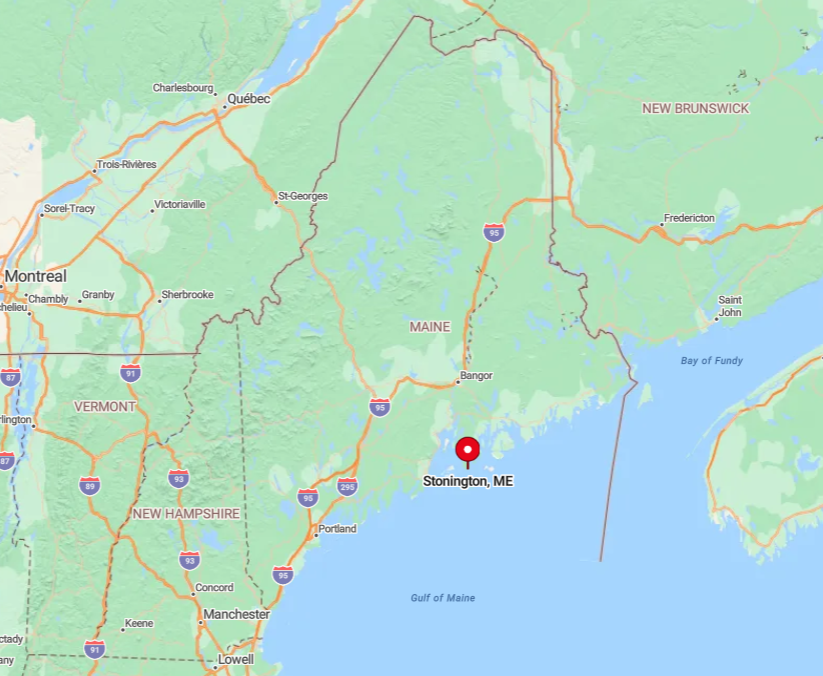
Stonington sits at Deer Isle’s southern tip, connected to the mainland by a graceful suspension bridge and a chain of causeways off Route 15. Its harbor opens to the eastern mouth of Penobscot Bay, with dozens of islands providing natural breakwaters for the fleet.
Bangor airport is a two-hour drive, but many travelers fly into tiny Bar Harbor Airport and enjoy the scenic coastal route. The mix of deep channels, tidal upwellings, and kelp-strewn ledges around Stonington helps it land more lobsters annually than any other Maine port—a fitting finale to our countdown.




